The Persian Gulf is a shallow, epi-continental sea approximately 1,000 km long and 200-350 km wide, narrowing to about 60 km across at the Straits of Hormuz (Hormoz).
Iran (IMNA) - The ancient geographers Strabo and Ptolemy called this stretch of water the Persian Gulf– a name that has persisted into modern times.
Every year, Iranians observe the Persian Gulf Day on the 10th of Ordibehesht, the second month on the Persian calendar, which usually falls on April 30.
The date coincides with the anniversary of a successful military campaign by Shah Abbas I of Persia in 1622, which drove the Portuguese navy out of the Strait of Hormuz, a waterway which separates the Persian Gulf from the Sea of Oman.
The national occasion is meant to call attention to the fact that the inland sea has been referred to by historians and ancient texts as the Persian Gulf since the Achaemenid Empire was established in what is now modern day Iran.
The Persian Gulf — which spans some 250,000 square kilometers — is bounded by the Arvand River in the north, which forms the frontier between Iran and Iraq, and the Strait of Hormuz in the south, which links the Persian Gulf to the Sea of Oman and the Indian Ocean.
The Persian Gulf is also important as an international trade route connecting the Middle East to Africa, India and China.
Presstv

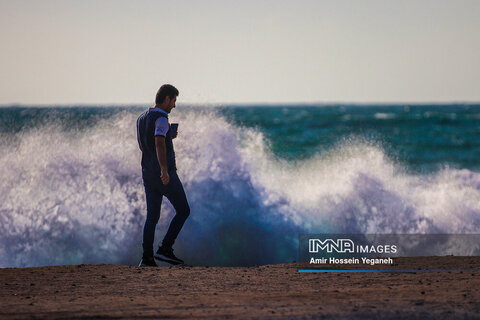

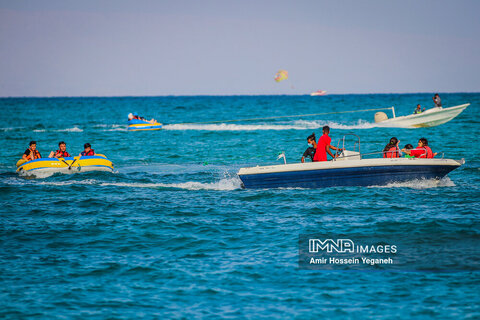
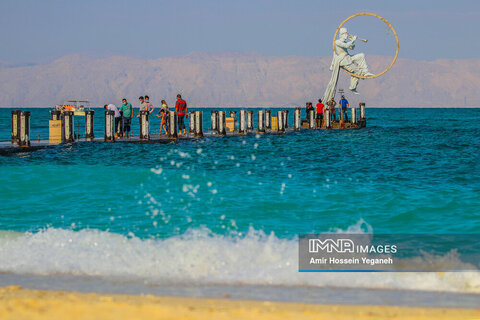
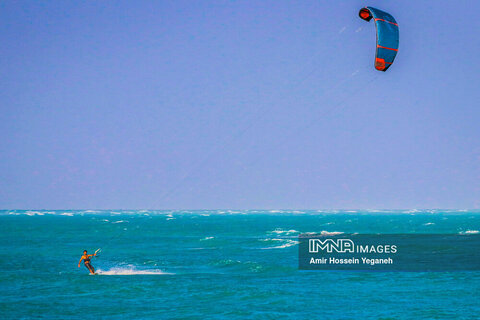
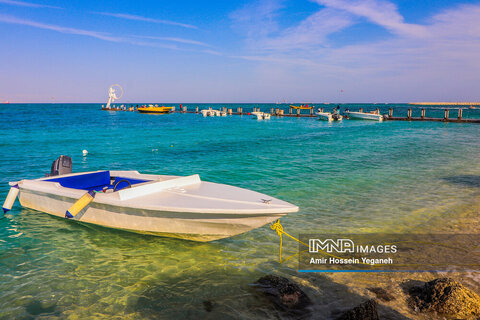
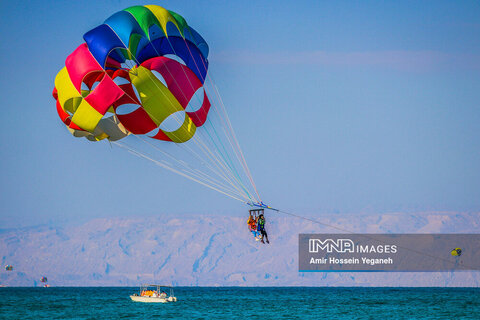

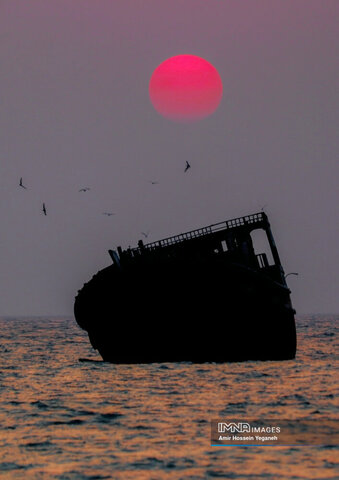
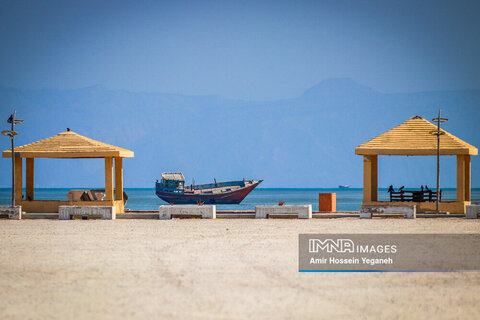
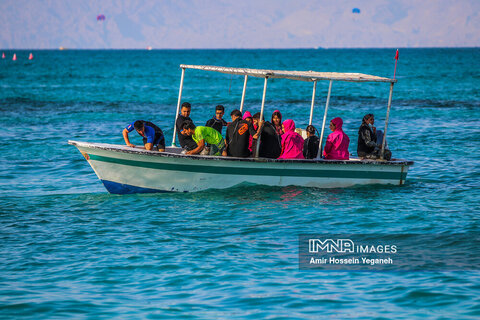
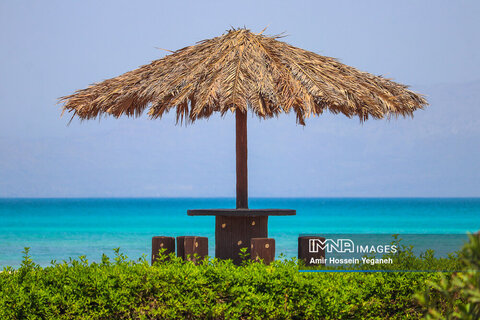
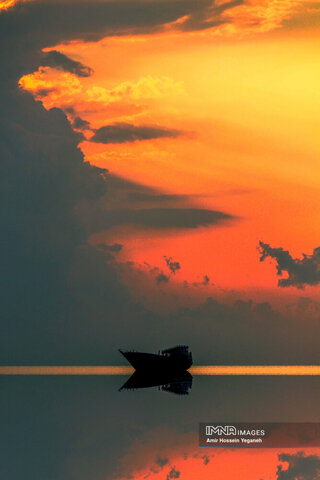
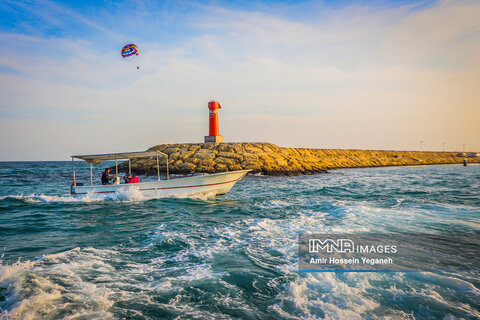
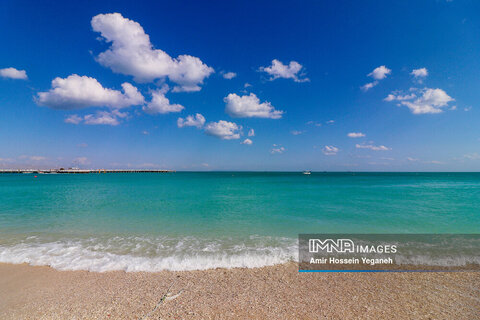
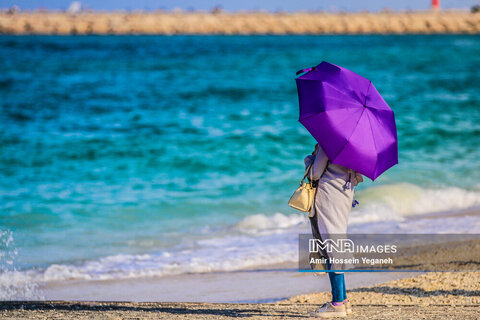
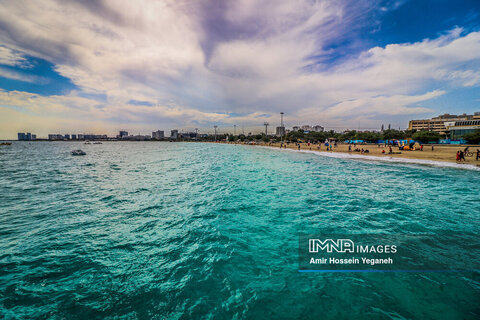
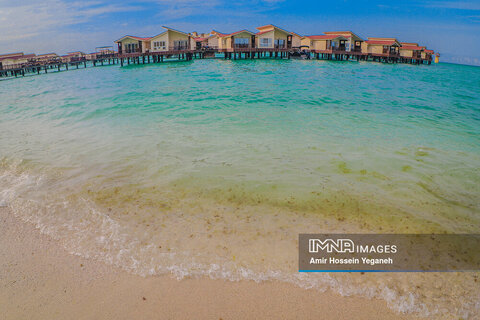
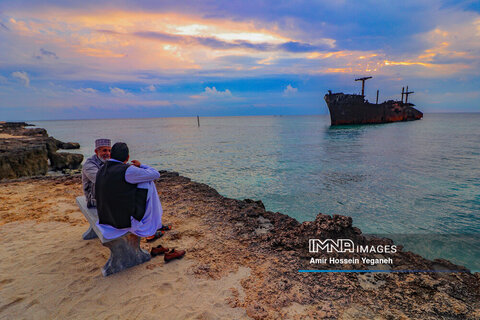
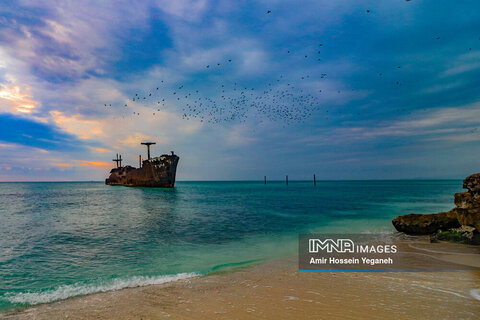


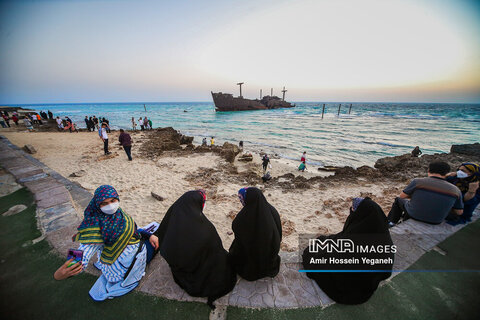
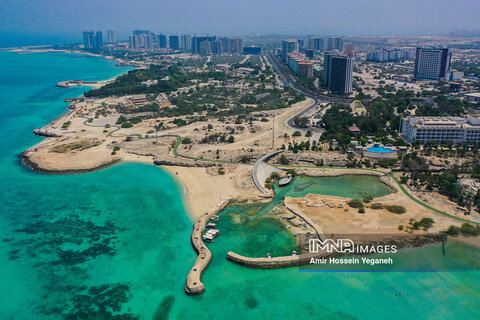
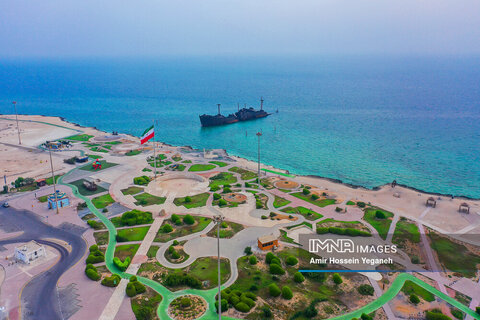
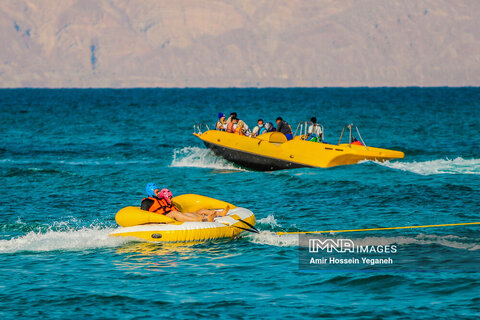
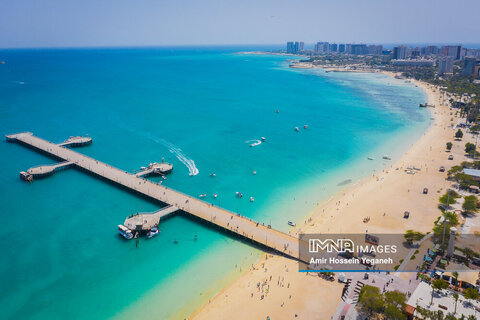
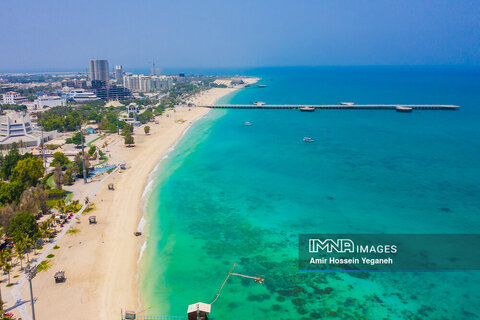
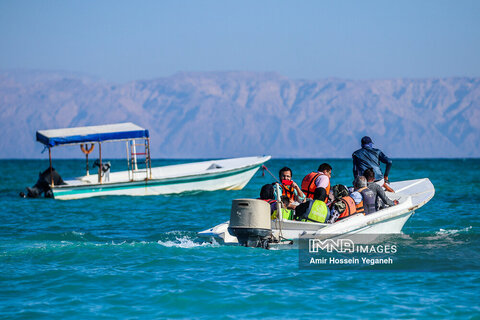
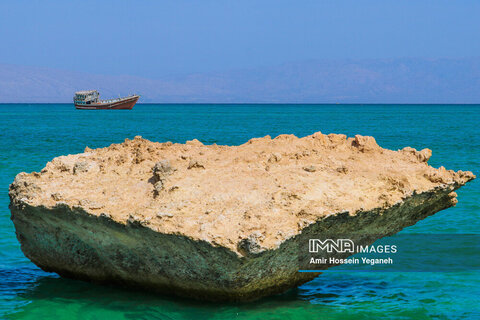
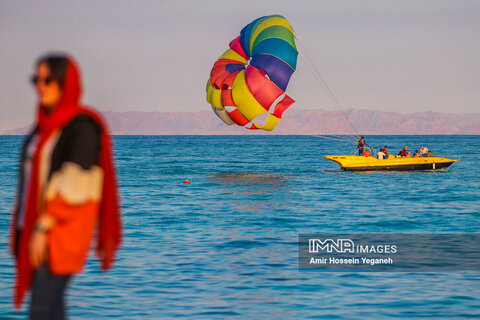
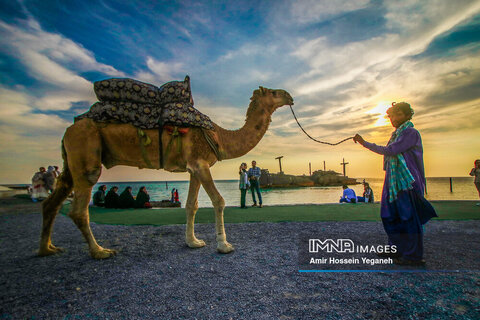
Your Comment